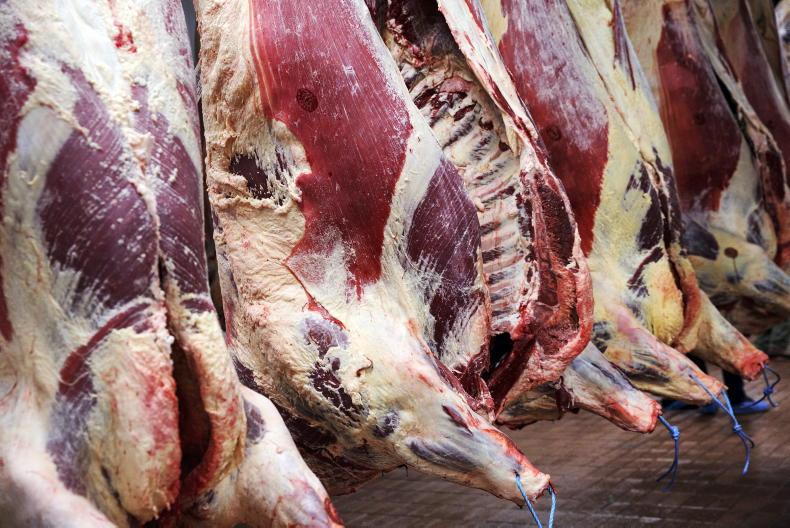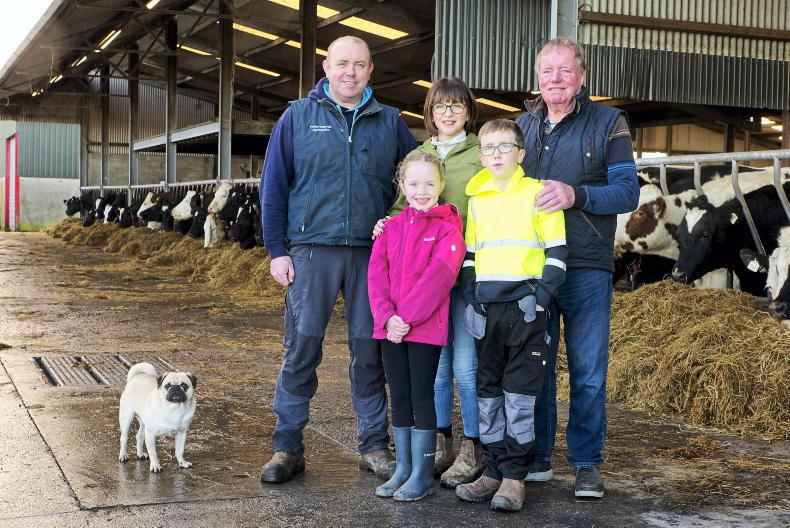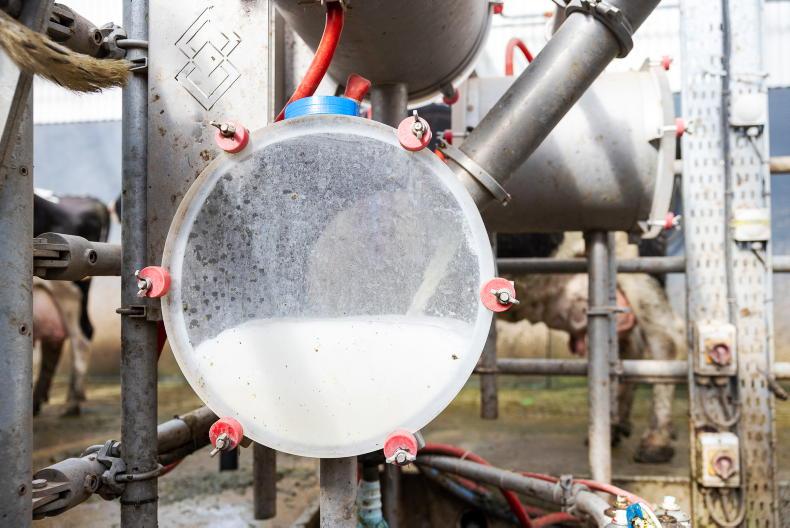Calf management: The RTÉ Investigates programme this week is again a reminder to all dairy farmers to ask yourself: what are you doing to improve calf management? And are you comfortable with the type of calf and how you are managing calves once they start to appear in the spring? The RTÉ programme highlighted bad calf management and breaches of good animal welfare outside the farm gate, but as dairy farmers, the industry is only as good as the weakest link in the chain. On-farm, all aspects of calf management need to be looked at, including how and when you present calves for sale. For some farmers, this means investment on farms in a new calf shed, to allow the farm handle and manage calves easier and in a better manner. For others it is a change to genetics. Some are looking at sexed semen as an option. As a farmer responsible for your own business, stress-test how you do your calf business in the spring and if it is the best you can make it.
Cleaning: With field work quieter and breeding coming to a finish, it is an opportune time to get calf sheds, cubicle houses and yards cleaned down and power-washed. Like anything else, power-washing is not essential, but it does help to give a good impression of the farm to any visitors, and disinfecting from year-to-year and letting sheds dry out fully will also help to break any disease cycle.
Breeding: The clean up stock bull is still out, or AI is continuing on many farms. Some farmers suggest a ‘cow in-calf’ is better than a ‘cow not in-calf’, given where beef price is going. Hence leaving the bull out with the herd for another week or two at least is OK. This depends on a number of factors, but the tightening of the net on nitrate derogation rules, such as banding, less bag fertiliser, etc, means carrying poor-performing cows is not going to do anything for your environmental or your production goals if carrying late-calving cows. The number of replacements available to come into the herd to match your farm goals is also important when making decisions like this. At this stage in most spring-calving herds, we are talking about a very small number of cows, as the majority of cows are in calf. Remember, closing date of entries for the genotyping programme is this Friday, 14 July.
Weighing replacements: The bottom line is we can talk and comment all we like about good, bad, and healthy calves, but the weights don’t lie. The best farmers will weigh calves every two months and build up a track-record of weights. Remember, it’s not the average weight of animals that is important, but the number below target and – more importantly again – what you are going to do about getting them on target. Depending on the size of the group, light calves at this time of the year might need to be separated and managed away from the herd.










SHARING OPTIONS